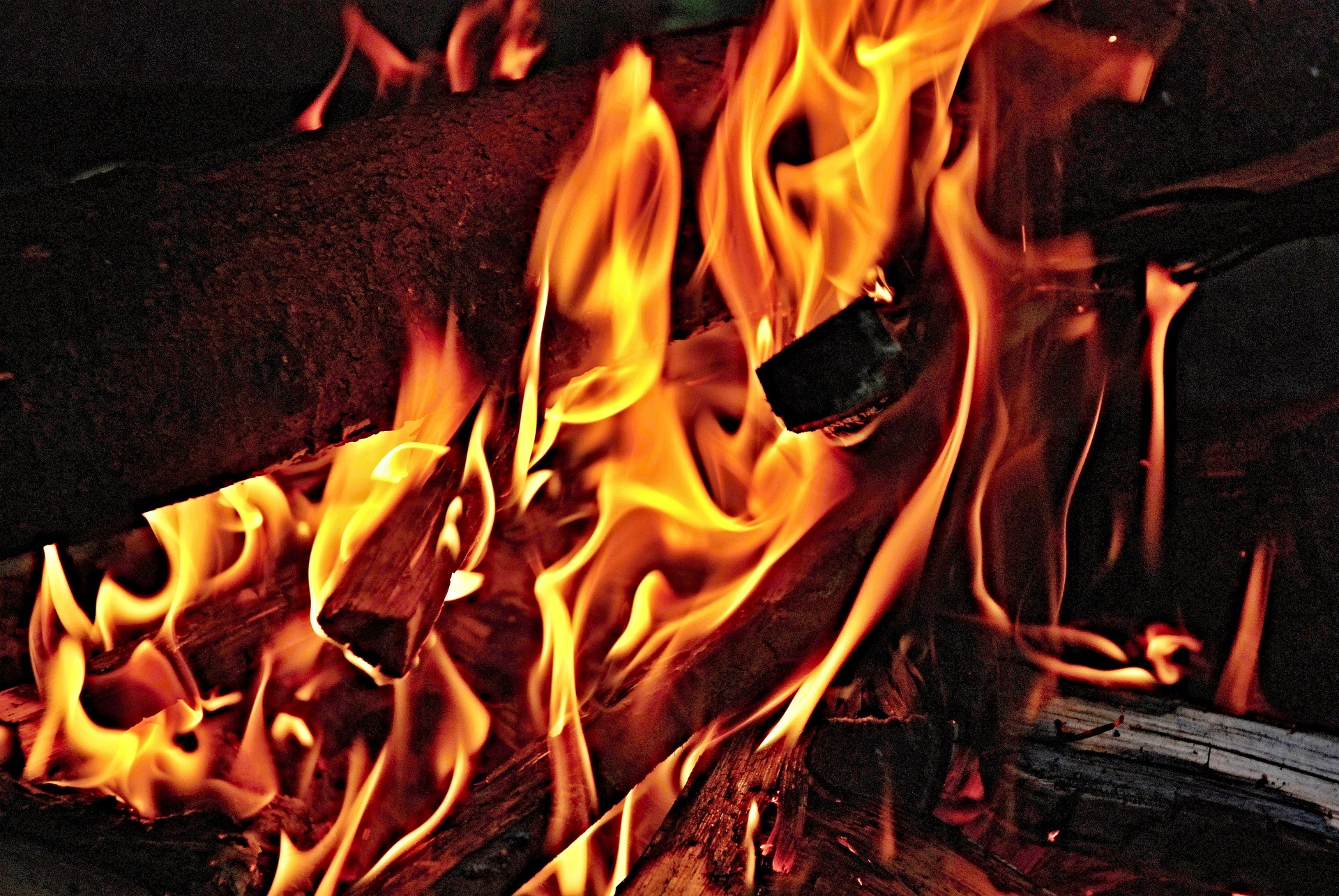As with any other food service establishment, food trucks have open flames, hot equipment, electrical connections, cooking oils, cleaning chemicals, engine oil and paper products which provide all the ingredients for a fire ready to flame out of control. A fire can devastate your mobile food business, leading to lost revenues and even permanent closure. But there are fire safety basics you can take to prevent fires and minimize the damage.
Page Contents
Food Truck Fire Safety Basics
Fire Safety Basics: Fire Prevention
- Install an automatic fire-suppression system in the truck. Because 57% of food service business fires involve cooking equipment, most municipalities require this equipment to be installed. These systems automatically dispense chemicals to suppress the flames and also have a manual switch. Activating the system automatically shuts down the fuel or electric supply to nearby cooking equipment. Have your fire-suppression system professionally inspected semiannually. The manufacturer can refer you to an authorized distributor for inspection and maintenance.
- Keep portable fire extinguishers as a backup. Class K extinguishers are designed for kitchen fires involving grease, fats and oils that burn at high temperatures. Class K fire extinguishers are only intended to be used after the activation of a built-in hood suppression system. Keep Class ABC extinguishers elsewhere for all other fires (paper, wood, plastic, electrical, etc.).
- Schedule regular maintenance on electrical equipment, and watch for hazards like frayed cords or wiring, cracked or broken switch plates and combustible items near power sources.
- Have your exhaust system inspected for grease buildup. The NFPA Fire Code calls for quarterly inspections of systems in high-volume operations and semiannual inspections in moderate-volume operations. Monthly inspections are required for exhaust systems serving solid-fuel cooking equipment, like wood- or charcoal-burning ovens.
- No Blockades: Keep your exits and fire extinguisher access clear. In a panic, you don’t want to be hurdling over obstacles to escape or fight a fire. Keep it clear, no exceptions. Your fire extinguishers should have a dedicated, marked spot that is accessible within seconds. Never allow anything to be placed in front of or on top of it. Regularly check that this area remains clear.
Fire Safety Basics: Staff Training
Train your food truck staff these fire safety basics:
- Find and use a fire extinguisher appropriately. An acronym you may find helpful is PAST – pull out the pin, aim at the base, make a sweeping motion with a space of ten feet.
- Clean up the grease. Cleaning exhaust hoods is especially important, since grease buildup can restrict air flow. Be sure to also clean walls and work surfaces; ranges, fryers, broilers, grills and convection ovens; vents and filters.
- Never throw water on a grease fire. Water tossed into grease will cause grease to splatter, spread and likely erupt into a larger fire.
- Remove ashes from wood- and charcoal-burning ovens at least once a day.
- Store flammable liquids properly. Keep them in their original containers or puncture-resistant, tightly sealed containers. Although a food truck kitchen is very small, you should attempt to store containers in well-ventilated areas away from combustible supplies, food, food-preparation areas or any source of flames.
- Tidy up to avoid fire hazards. Store paper products, linens, boxes and food away from heat and cooking sources. Properly dispose of soiled rags, trash, cardboard boxes and wooden pallets at least once a day.
- Use chemical solutions properly. Use chemicals in well-ventilated areas, and never mix chemicals unless directions call for mixing. Immediately clean up chemical spills.
- Electrical Safety: Don’t overload your circuits, and keep those cords in good shape. Frayed wires can spark a fire faster than you can say “flame!”
Hold regular safety meetings to discuss and reinforce the importance of clear exits and paths. If you hold one meeting on this subject and then move on the information will be forgotten. Use these meetings to review procedures, share feedback on the current safety practices, and discuss any recent incidents or near misses to learn from them.
Prepare An Emergency Plan
If a fire breaks out in your food truck, your staff must take control of the situation and all employees must safely exit the vehicle and lead customers to a point safely away from the truck.
- Be prepared to power down. Train at least one worker per shift how to shut off propane and electrical power in case of emergency.
- Emergency Contacts: Keep a list of emergency contact numbers handy. This includes the fire department, nearest hospital, and a reliable maintenance service.
- Have an evacuation plan. Designate one staff member per shift to be evacuation manager. That person should be in charge of calling 911, determining when an evacuation is necessary and ensuring that everyone exits the food truck safely. Ensure your staff knows where all of the exits are.
- Offer emergency training. Teach new employees about evacuation procedures and the usage of fire-safety equipment. Give veteran staff members a refresher course at least annually.
The Bottom Line
Every single food truck vendor needs to understand these fire safety basics and rely them back to their employees. Create a safe environment for you, your staff members and the general public.
When it comes to fire safety, never get complacent. Most fires happen because someone thought “it won’t happen to me.” Well, it can, and it does. Stay vigilant out there.




